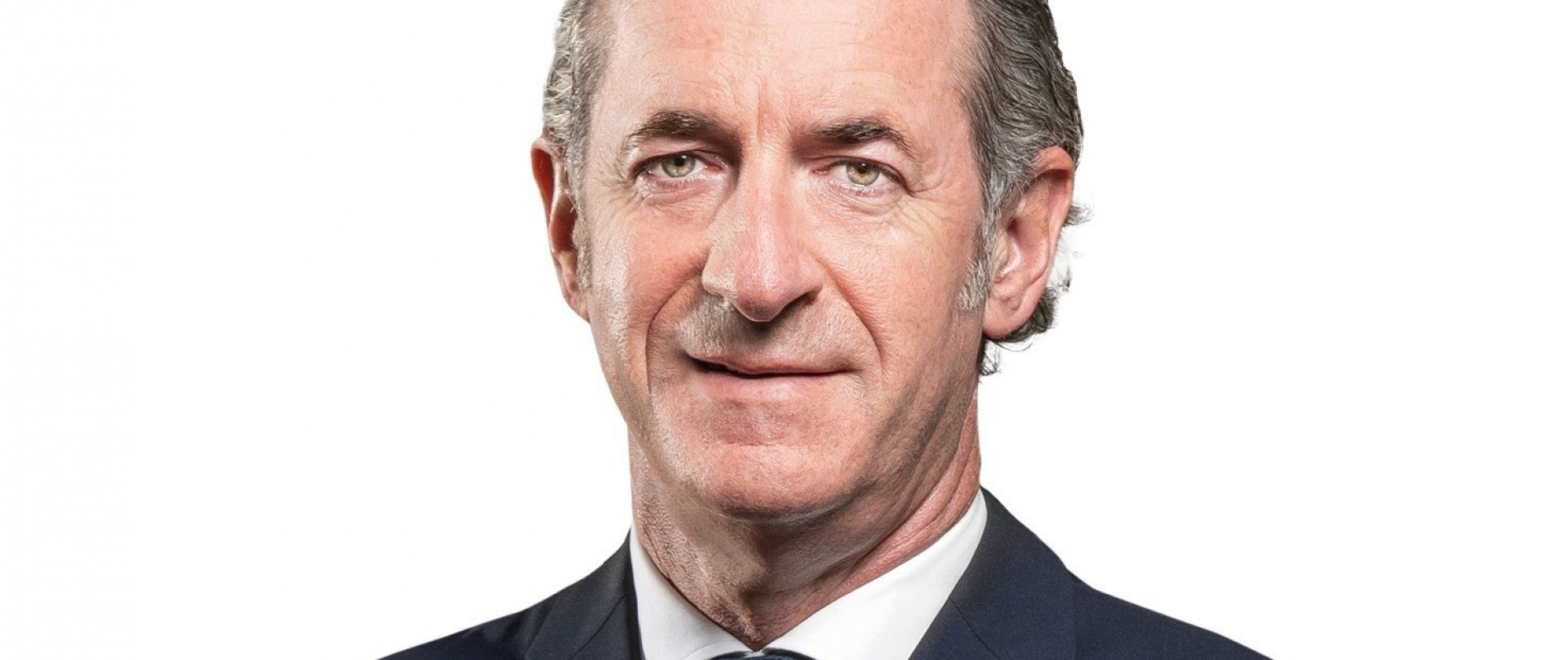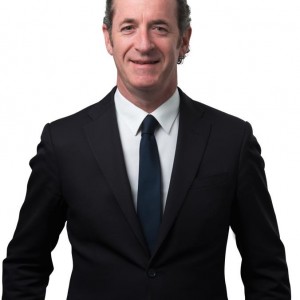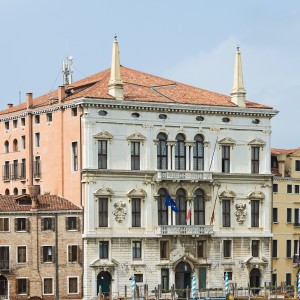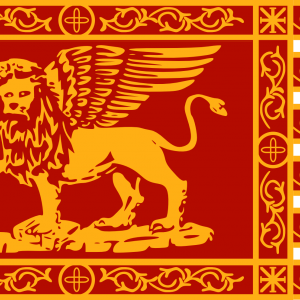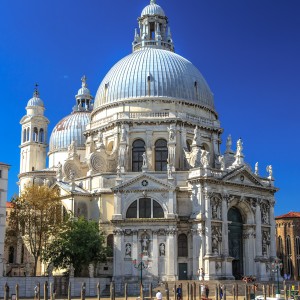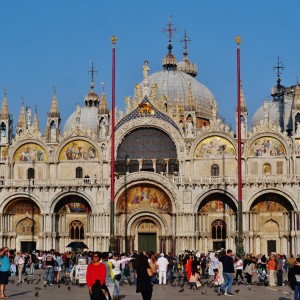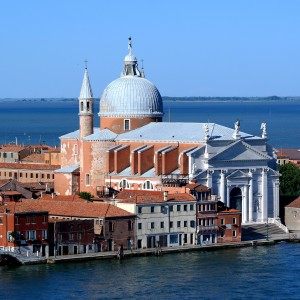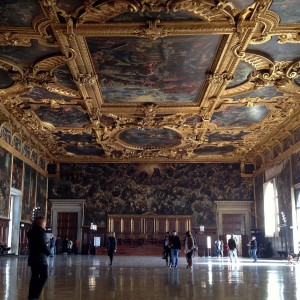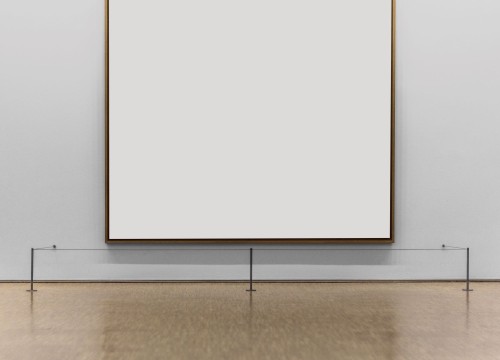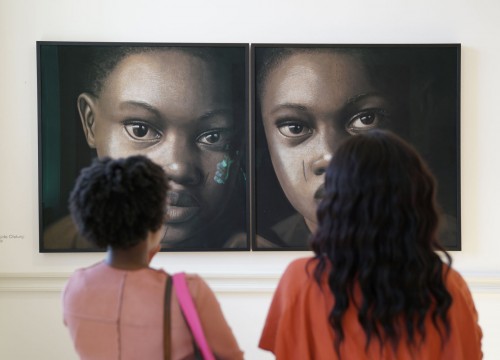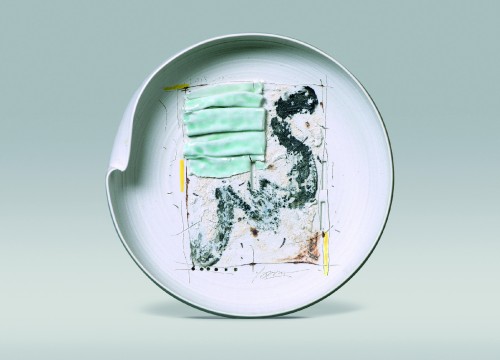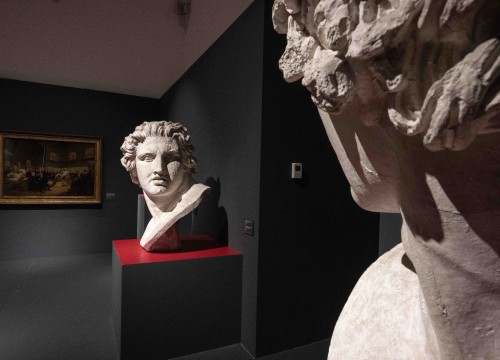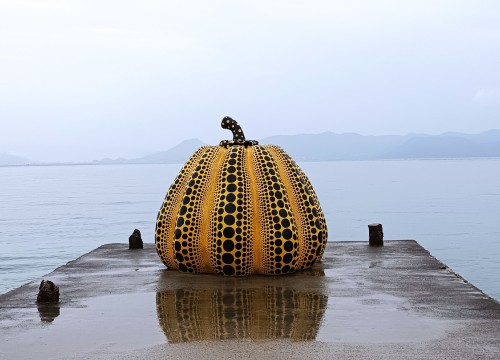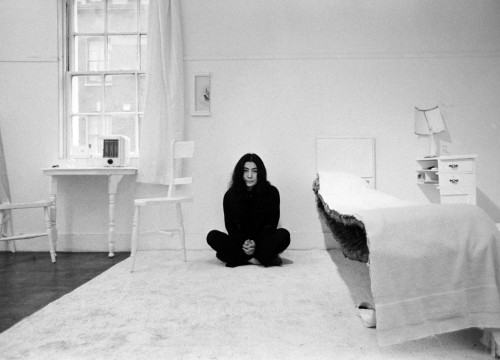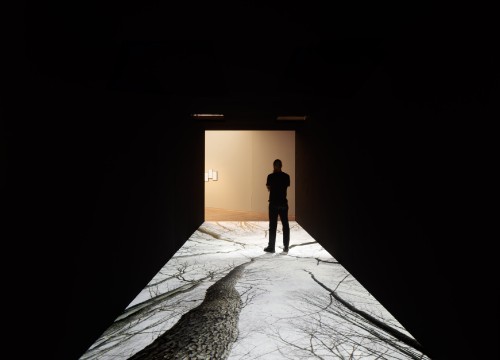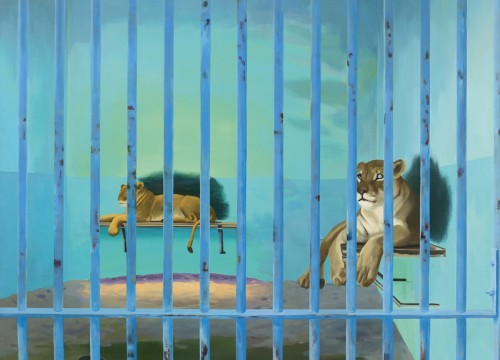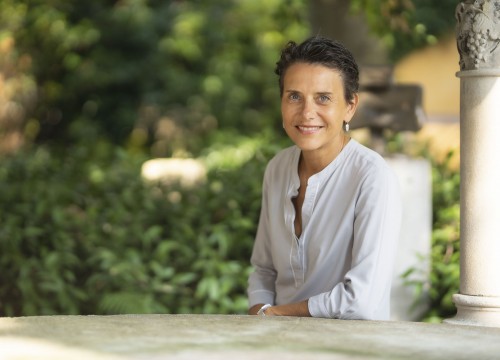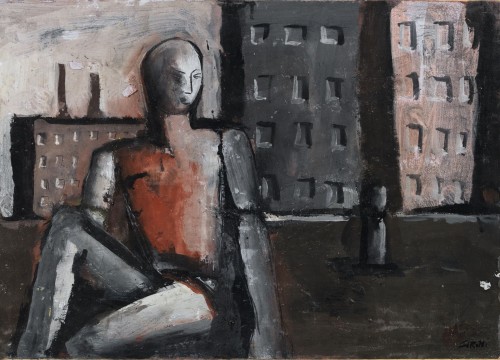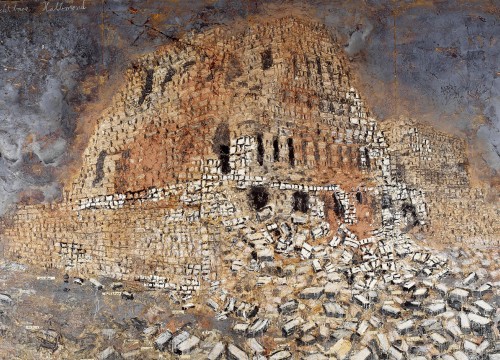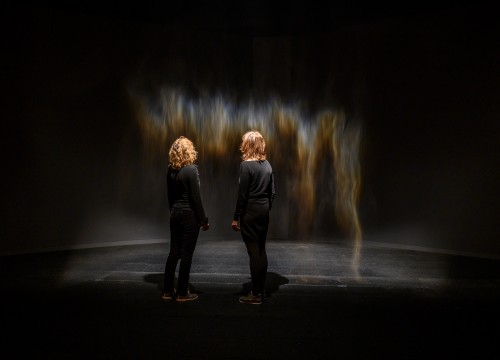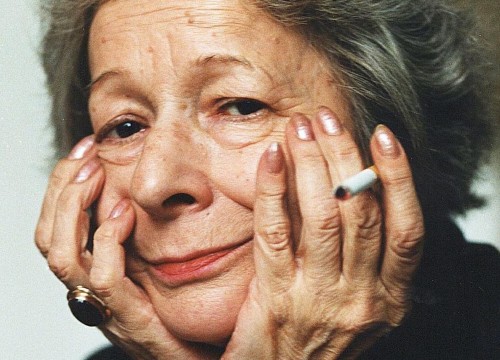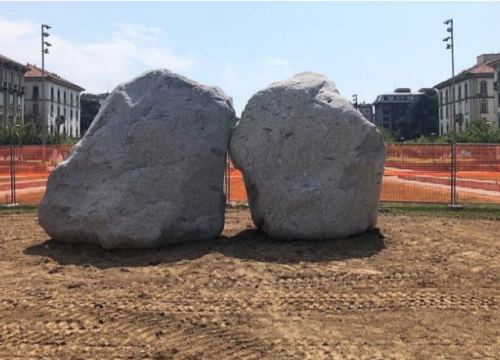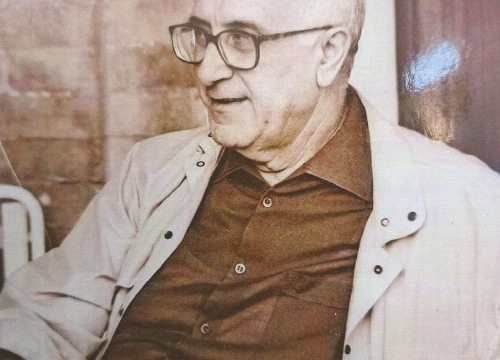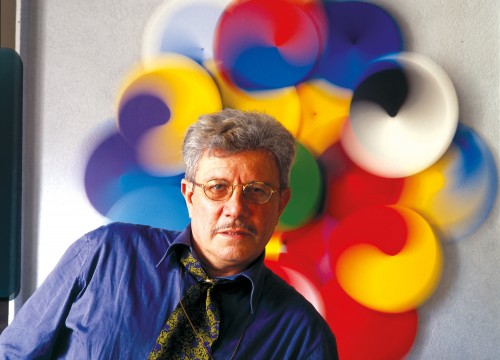Venice: 1600 years ab urbe condita. A long conversation with the Governor of Veneto on the history and future
The memory of good governance and the industriousness of the inhabitants as a point of strength to overcome all difficulties
Venice: 1600 years ab urbe condita. How to remember in order to replan, President Zaia?
The construction of the first church in Rialto, one 1600 hundred years ago, is traditionally recognized as the event that created the earliest center of Venice. It is the beginning of a universal historical reality, witnessed by the exceptional cultural, architectural and artistic heritage we preserve, but also for something else: the memory of good government of the first modern republican order, a worldwide commercial expansion that ensured the cosmopolitan essence of Venetian society, a feeling of belonging that was shared from Lake Garda to the entire Adriatic. With the birth of Venice, our identity, that of the people who live and work in our region, was outlined. I said it on the day of the anniversary: commemorating a glorious past without giving it any perspective for the future means choosing to relegate our identity to an Indian reservation, extraneous to the life our citizens lead every day. The Venetians, on the other hand, have a clear awareness of the fact that in their dna some principles that come from the Serenissima have always been held firm: the ability to administer public affairs, legality, social organization, recognition of work, and legal certainty. That is why in 2017, with a plebiscitary referendum, they called for autonomy. A choice that was not against anyone, but with which they claimed total responsibility in respect of the national context. This is proof of how a centuries-old history is still alive and can be a source of inspiration for the benefit of all.
The management of the res publica through an oligarchic system - Doge, Major Council, Minor Council - proved to be an intelligent and far-sighted policy for Venice and, in a certain sense, an anticipation of future democracies.
The efficiency of the Venetian state has spanned several centuries and remained a model even when the Serenissima disappeared as a state entity; it is even remembered by a saying, still used today: “Quando el leon de San Marco alsa a coa, tuti i altri sbassa a soa!” When the San Marco lion raises its tail, all the others fall to the ground. It was not an empty governmental threat but a true model of how to reconcile the central state with local communities and how to relate to foreign realities. I believe it is no coincidence that the Serenissima was the first country to have relations with the United States. The nation that was to become the largest union of states in a single country considered Venice such a model of democracy that in 1786 it sent a commission, of which two were fathers of the American Constitution, Thomas Jefferson and Benjamin Franklin, to study it. I think that the great democracy on the other side of the Atlantic, with all due respect, drew much from the Venetian model in its most positive characteristics: starting with the fact that, in a cosmopolitan reality like Venice, if laws and civil life were respected, no one felt a foreigner.
"Commemorating a glorious past in the absence of future prospects would be like relegating our identity to an Indian reservation"
Entrepreneurship, commercial ability, and a marked sensitivity to beauty are the salient character traits of those who made the Serenissima Republic of San Marco great. Wolfgang Goethe, in his “Journey to Italy”, defined Venice as Biberrepublik (republic of beavers). How much of those industrious and tireless beavers has remained in the dna of today’s Venetians?
Perhaps Goethe was also referring to the image of the beaver at work that can suggest a city built on water, where it would be almost unthinkable to build. This helps even more to understand the affinity that the Veneto people have for work. Venice rose on the stumps of our high lands and the stones from the ancient Roman settlement Altino planted in the lagoon. Over the centuries, it has extended to the mainland a building model which is recognized worldwide as a synthesis of beauty through the positioning of the cityscape and functionality. The Venetian villas, magnificent palaces from an architectural and artistic point of view, are, first of all, seats of agricultural companies and, therefore, of work and business. The Venetian of today is born into this tradition, the engine of the entire country, with 600,000 active companies and 150 billion in GDP. Of course, the pandemic has slowed down the pace but despair is not our thing, as always we have already set to work to restart the economy.
"From the history of Venice comes an example not of absolute invincibility, but of exceptional resilience"
The Venetians ruled the Mediterranean almost peacefully for centuries, defeated the Ottoman Empire at the Battle of Lepanto in 1571, and overcame the terrible plagues of 1378 and 1575. President, what can Covid-19 possibly do to them?
Unfortunately, Covid had a very heavy impact on us as well. I always say: the daily count of the dead was an experience I never thought I would have to face and as an administrator and it was heartbreaking. But, as in the historical events you mentioned, we will certainly come out of it well. Besides, I am convinced that Venice’s history is a great example, not of absolute invincibility, but of exceptional resilience: the ability to adapt and overcome the most difficult situations, remaining faithful to oneself, to one’s origins and traditions.
Still today, every year on the third Sunday of July, the liberation from the sixteenth century plague is celebrated in the lagoon with the Feast of the Redeemer. At that time, Andrea Palladio was commissioned to erect the basilica of the same name as a sign of gratitude. Wouldn’t it be nice to consider something similar to the eradication of the coronavirus?
The feast of the Redeemer, like the Feast of Our Lady of Good Health, are, together with the one of St. Mark, the most identifying for Venice but also for all of Veneto. There are, in fact, many people that in these days reach the two beautiful Venetian churches from the whole region. They are two feasts born from a vow and I prefer to leave the Patriarch to evaluate if it will be opportune to imagine something similar when the coronavirus will be definitively defeated. In the meantime, I think that, as Monsignor Moraglia himself wanted, these two important commemorations are also associated to the battle we are fighting in this pandemic.
The rebirth of Venice can only coincide with a more profitable cultural tourism. The inaugurations of the Architecture Biennale and of the many international exhibitions brought 18000 visitors to the city in one weekend (if I remember correctly) and no pandemic outbreak: a double, and almost unexpected, miracle.
Rather than a miracle, I would speak of the success of the necessary measures to contain the epidemic and the use of the required devices with a sense of responsibility. A theme that we have stressed a lot in these months. Venice, however, is one of the greatest centers of culture by nature and an international city by definition. By extension, so is the entire region that has its inalienable historical and identity reference in the Serenissima. A high quality cultural tourism finds, therefore, in the capital and in Veneto the ideal destination. Let’s not forget that in the entire territory there were 70 million visitors per year before the pandemic: a national record. Veneto has all the safety requirements, starting with the vaccination of over 4 million citizens, to ensure that it continues to be a preferred destination.
"Veneto, with 600.000 active companies and 150 billion GDP, is the engine of Italy"
Your wishes and purpose, President, for the Queen of the Adriatic.
Six hundred years from the foundation of the city provides an opportunity to look at our life as a people, finding in past events the certainty that we will also emerge from this pandemic. No situation has made the climate of crisis more evident than a Venice without tourists; their return, in fact, has also been the most tangible message of recovery. This tells us that the city, in its beauty, with its history and its magic is immortal. It is a universal heritage, not only because it has been certified by Unesco as for the other seven sites in the Veneto region. I wish Venice to maintain this universal role for many centuries to come. For our part, we are fully committed.

